

The five zang organs include the heart (xin), lungs (fei), spleen (pi), liver (gan), and kidneys (shen); the six fu organs include the gallbladder (dan), stomach (wei), small intestine (xiao chang), large intestine (da chang), bladder (pang guang), and san jiao (triple burner).
The human body is an organic whole, and the functional activities of the various zang and fu organs, tissues, and organs that make up the body are not isolated but are components of overall activity.
They not only coordinate physiologically but also often influence and transform each other through certain pathways or patterns pathologically. The zang organs belong to yin, while the fu organs belong to yang; yang governs the exterior, and yin governs the interior. Each zang corresponds to a fu, each yin corresponds to a yang, and each exterior corresponds to an interior, working in harmony.
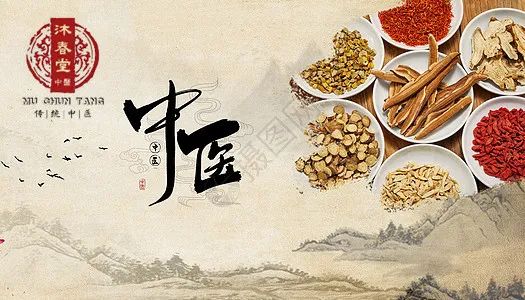
The relationship between the zang and fu organs is one of yin and yang, with the zang organs being yin (interior) and the fu organs being yang (exterior). For example, the relationship between the heart and small intestine, and the spleen and stomach, is as follows:
▶ Heart and Small Intestine: The heart and small intestine are one zang and one fu; the heart belongs to the zang, and the small intestine belongs to the fu. Similarly, the lungs and large intestine have an exterior-interior relationship. The lungs govern the descending and can assist the large intestine’s function of conduction.
If there is a problem with the lung’s descending function, then the large intestine’s conduction function will be affected, leading to difficulties in defecation.
▶ Spleen and Stomach: The spleen and stomach are connected through the Taiyin Spleen Meridian (Taiyin Pi Jing) and the Yangming Stomach Meridian (Yangming Wei Jing), forming an exterior-interior relationship. The spleen governs transformation and transportation, while the stomach governs receiving and digesting. The spleen qi rises, and the stomach qi descends, with the spleen and stomach working in harmony, one rising and one descending, one drying and one moistening.
In today’s fast-paced society, people are often busy working overtime, which undoubtedly puts their bodies in a sub-healthy state. Clearly, this places an undue burden on the five zang organs. A series of cartoons aims to inform everyone about the signals of the five zang and six fu organs, and it is hoped that you will take the time to read them carefully!
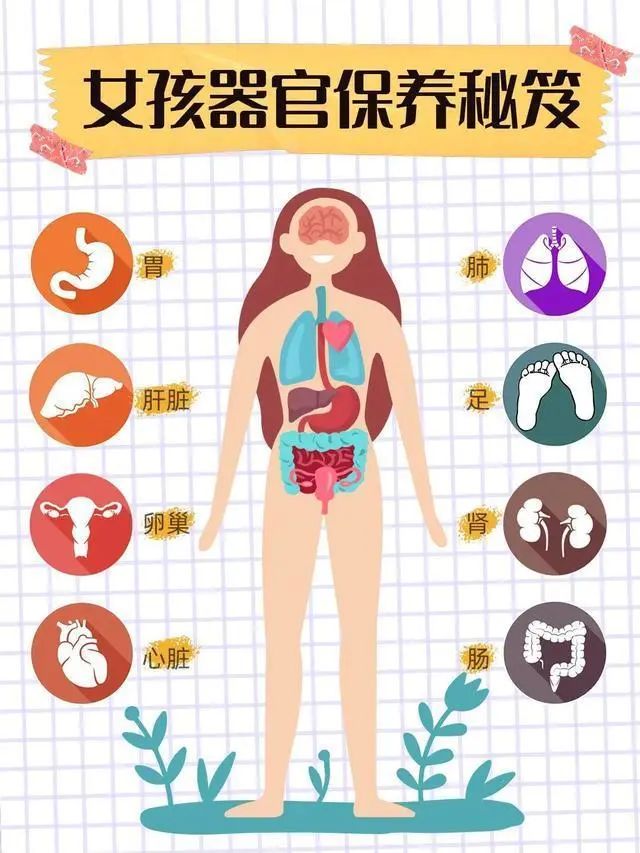
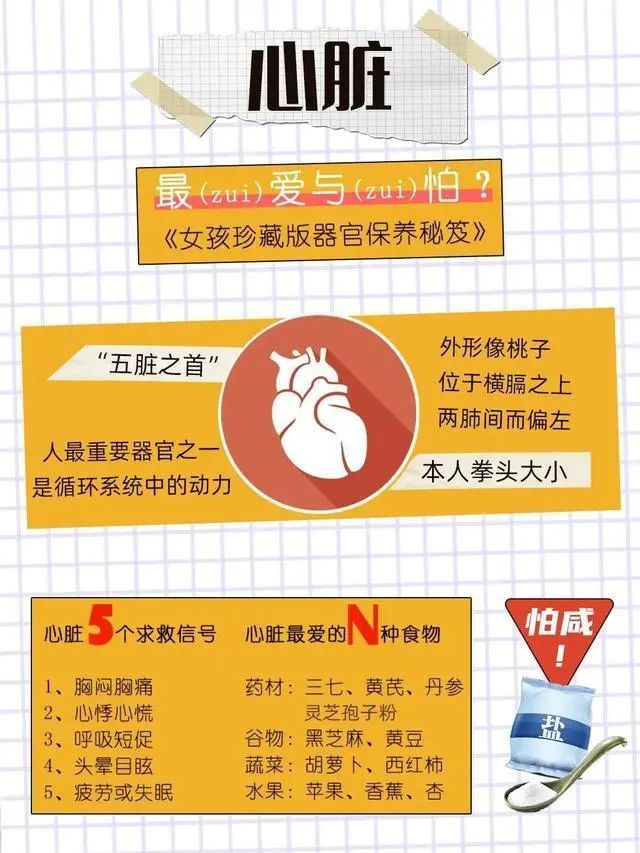
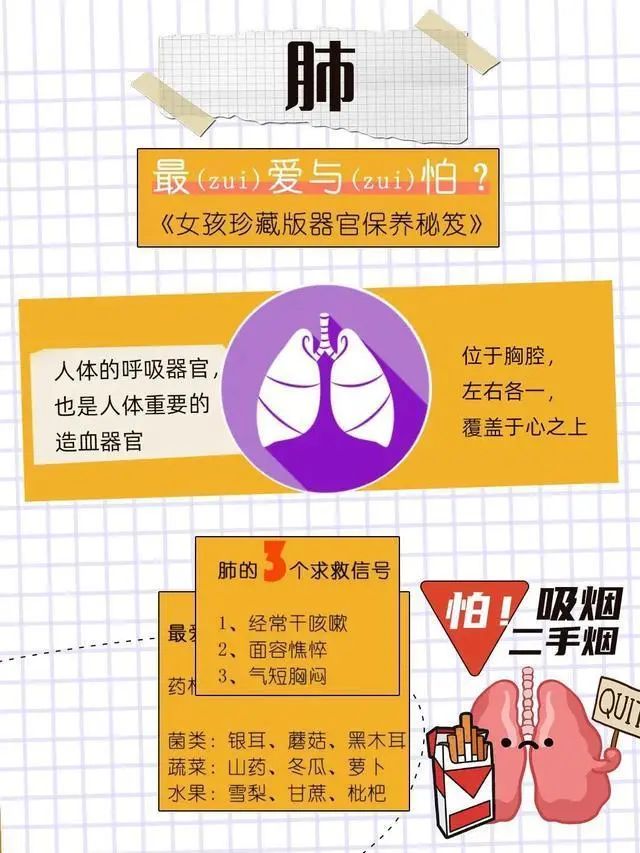
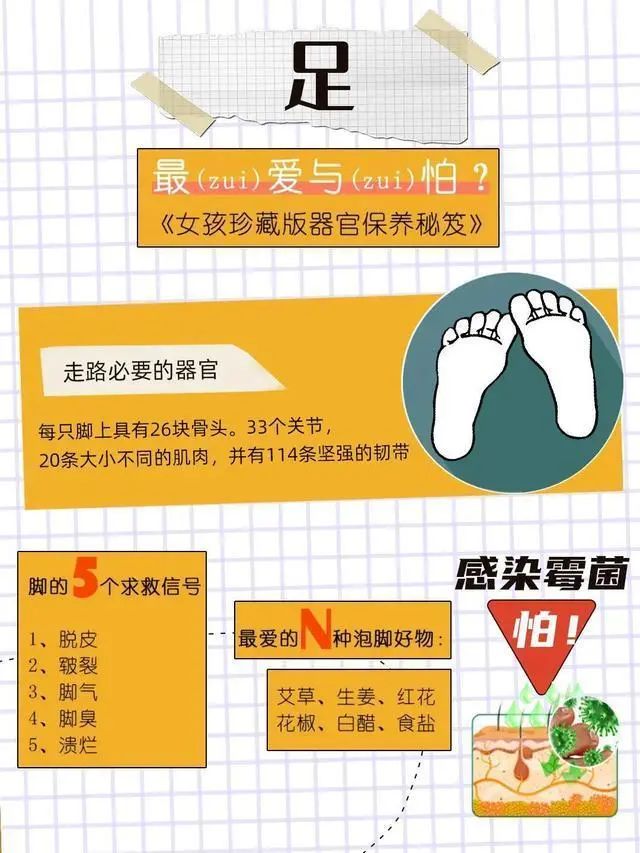
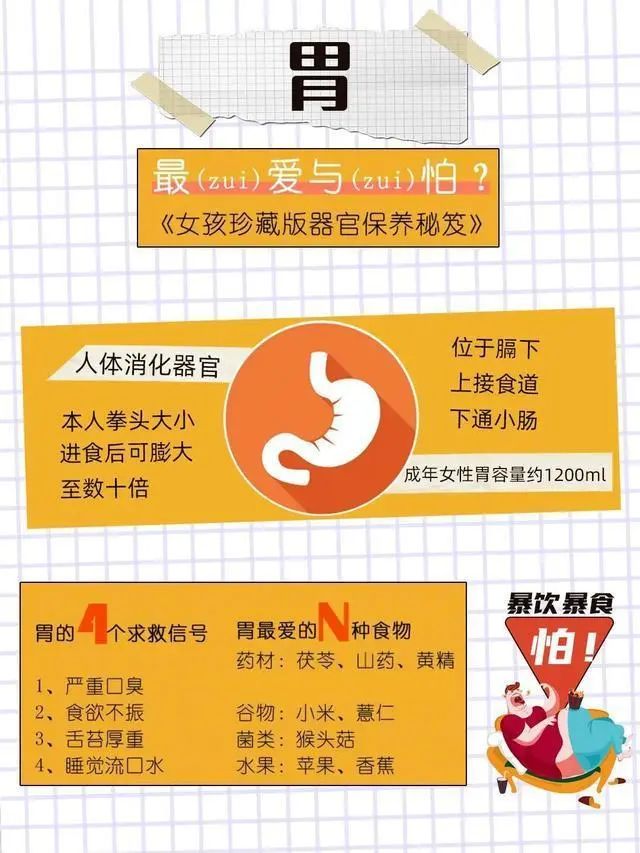
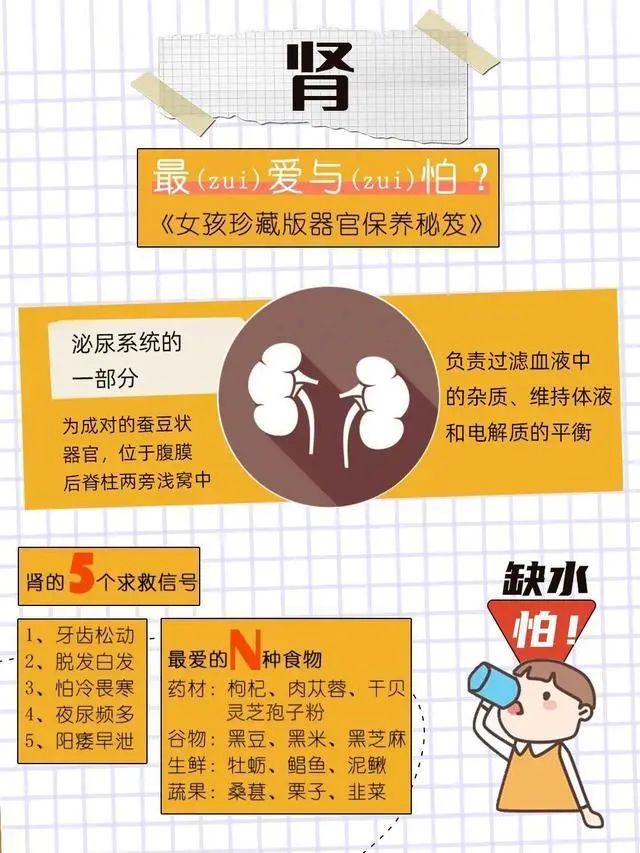
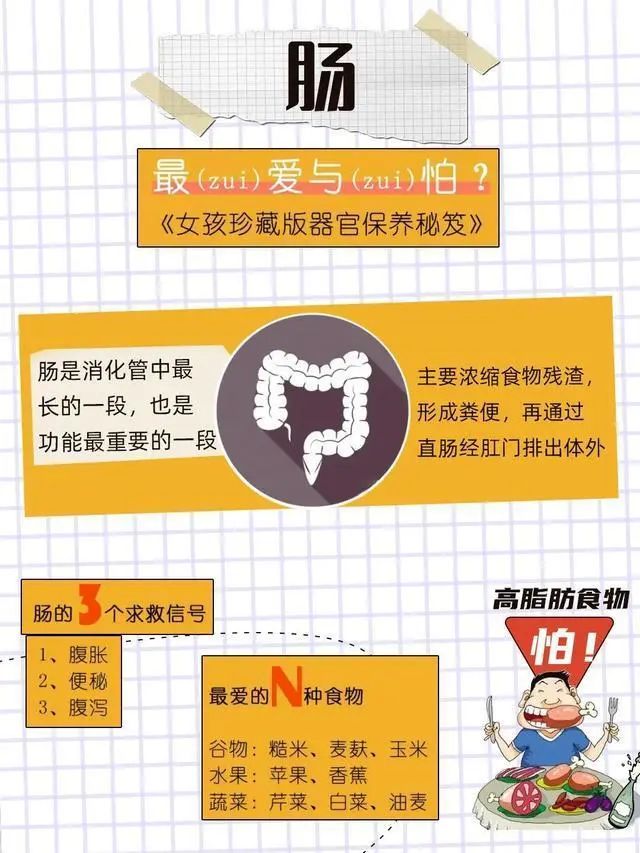
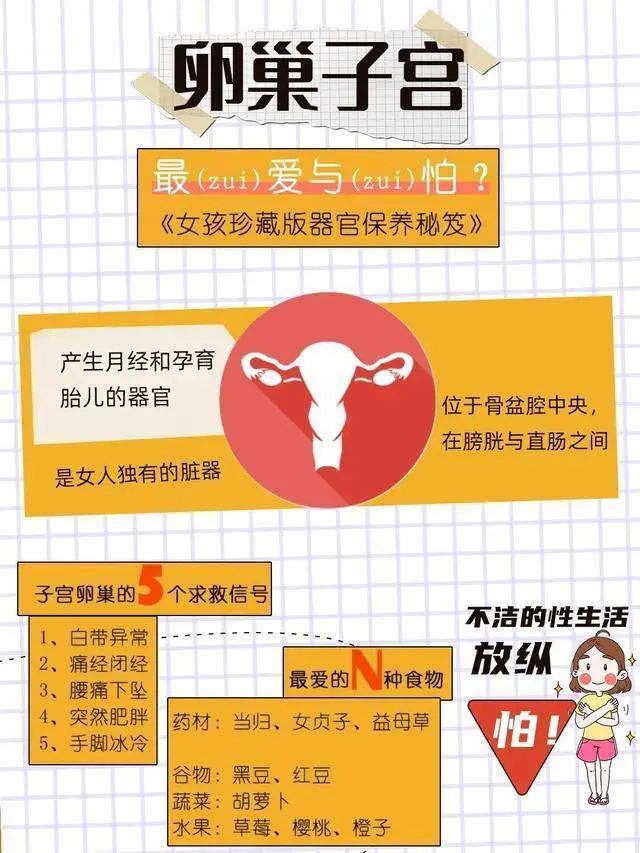
Conclusion: Through the above understanding, I hope everyone will cherish their bodies, as the body is the foundation of revolution!


